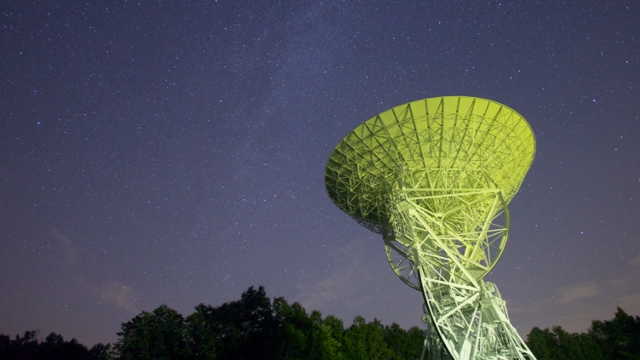[jwvideo id="512b_nightsky" poster_frame="http://ww2.kqed.org/quest/wp-content/uploads/sites/39/2011/10/nightskymarquee.jpg"]
Nowadays, all you need is a smartphone, an astronomy app and a clear night to identify the stars and planets that populate the night sky. The days of trying to impress your friends with names of random constellations are behind us. Today’s backyard amateur astronomer relies more on signal strength than stellar smarts.
Which begs the question, how did they do that before cell phones? As the saying goes, behind every good digital astronomy app is an analog photographic plate. Beginning in the mid-19th century, astronomers began utilizing the art of photographic emulsion to capture images of celestial objects. For the first time, astronomers were able to etch their discoveries onto thick glass plates ushering in a new era of data analysis that would help unlock the mysteries of the universe.
But don’t take my word for it. If it’s good enough for Einstein, it’s good enough for me.
Photographic plates helped scientists determine the size, distance and composition of celestial objects such as stars, comets, meteors and planets. Galileo Galilei would be proud. By the early 1990s, the once highly esteemed “analog” plates had fallen out of favor for images captured by new, charged-coupled devices such as digital cameras. Many of the old plates were put on the shelf and stored in basements and barns.
